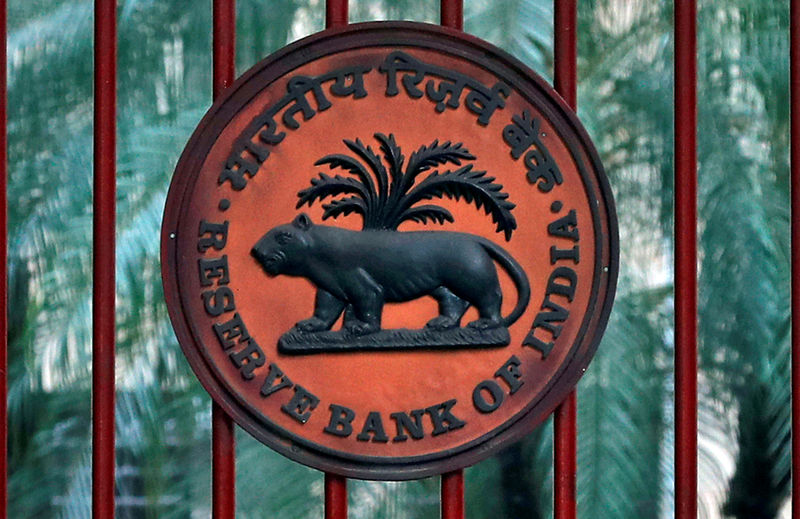Investing.com -- The Reserve Bank of India (RBI) introduced draft guidelines on July 25, 2024, under the Basel III Framework on Liquidity Standards.
The guidelines propose an increase in High-Quality Liquid Assets (HQLA) holdings, which will tighten the Liquidity Coverage Ratio (LCR) requirements.
Analysts at BofA Securities in a note dated Tuesday believe these changes will be positive for Indian banks and Non-Banking Financial Companies (NBFCs).
The changes are expected to have broad implications for liquidity management, growth prospects, and overall financial health.
The draft guidelines reflect RBI’s growing concern over the stability of digital-enabled deposits and aim to address the associated liquidity risks.
“The calculation for LCR will include an additional run-off factor of 5-15% based on different type of deposit,” the analysts said.
The guidelines emphasize the importance of stability in the face of increasing digital transactions, flagging the need for banks to adapt to a rapidly evolving financial ecosystem.
While the guidelines are still being developed, the RBI's focus on managing liquidity risk is clear. This focus may lead banks to adjust their balance sheets, which could temporarily slow growth and slightly impact Net Interest Margins.
“In case of the draft LCR guidelines being implemented in current form, the banks expect to see 10-15% impact on LCR,” the analysts said.
Most Indian banks currently maintain an LCR buffer well above the regulatory minimum, with many holding a buffer of over 15 percentage points.
As a result, the risk of a breach is minimal. However, the new guidelines may force banks to reassess their strategies, particularly in terms of deposit mobilization and loan growth.
BofA analysts predict that banks might prioritize profitability over growth in the near term, particularly in the unsecured and low-yield corporate segments. This shift could lead to a deceleration in credit growth, especially in areas that have traditionally been high-risk but high-reward for banks.
From a credit perspective, the impact on Indian commercial banks is expected to be positive. The new guidelines are likely to reduce liquidity risk in a bank-run scenario, compelling banks to strengthen their deposit bases relative to loan growth. This, in turn, could improve capitalization levels, which have been under pressure due to rapid loan growth in recent years.
BofA analysts note that slower loan growth could help Indian banks rebuild their capital ratios, which have seen a slight decline as of 1QFY25.
Moreover, the guidelines could have a stabilizing effect on the credit ratings of Indian banks. Moody’s, in a note dated July 25, 2024, echoed this sentiment, stating that the proposed regulations would be credit-positive for Indian banks.
The higher HQLA holdings mandated by the guidelines are expected to bolster liquidity buffers, thereby enhancing the resilience of banks in the face of potential liquidity shocks.
The proposed guidelines are expected to have a limited impact on Indian corporates. Credit growth has been primarily driven by the unsecured retail sector, with corporate credit growth remaining moderate.
BofA analysts believe that any slowdown in credit growth will be concentrated in the unsecured and high-yield corporate segments. Large corporates, including State-Owned Enterprises, which typically have access to various funding sources, are unlikely to be significantly affected.
In contrast, NBFCs are expected to benefit from the potential slowdown in bank credit growth. As banks adjust to the new liquidity requirements, NBFCs could see increased demand, particularly in the retail lending space.
This shift could provide a tailwind for NBFC growth, offering these institutions an opportunity to expand their market share in segments where banks might scale back.
Indian banks' financial results in the first quarter of FY25 was impacted by rapid loan growth. While their credit quality remained strong, their capitalization weakened slightly.
Key capital ratios declined modestly, with average CET1, Tier-1, and CAR ratios at 14.7%, 14.9%, and 16.3%, respectively, as of June 2024. This decline was due to rapid loan growth outpacing capital accumulation.
However, asset quality remained strong, with gross and net non-performing loan ratios at 1.8% and 0.4%, respectively. Earnings grew by 10.7% year-over-year in the first quarter, despite some margin compression.
Private sector banks continued to outperform public sector banks, with stronger fundamentals and better capitalization.
